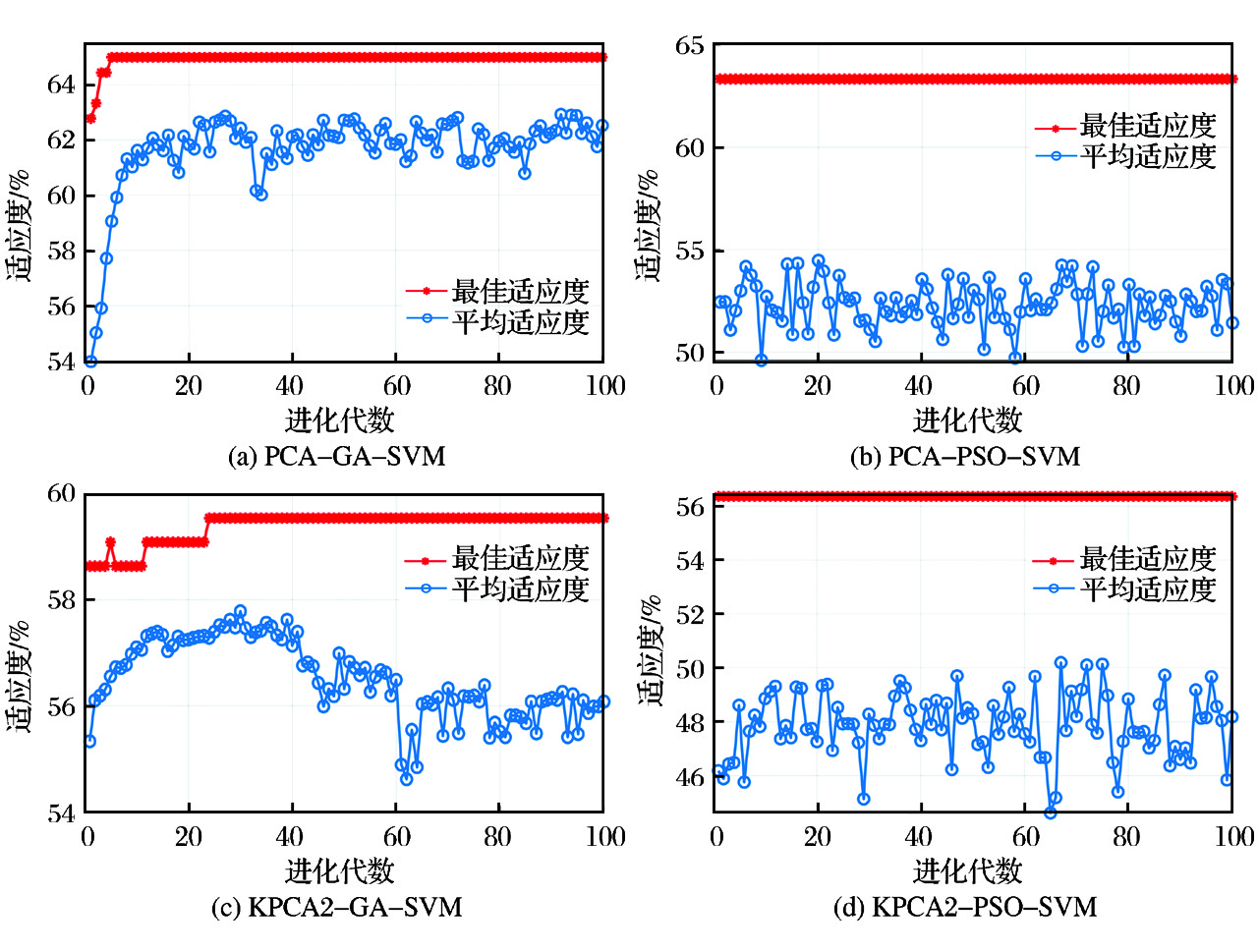 PDF(4419 KB)
PDF(4419 KB)


 PDF(4419 KB)
PDF(4419 KB)
 PDF(4419 KB)
PDF(4419 KB)
基于核主成分分析与SVM的岩爆烈度组合预测模型
 ({{custom_author.role_cn}}), {{javascript:window.custom_author_cn_index++;}}
({{custom_author.role_cn}}), {{javascript:window.custom_author_cn_index++;}}Combined Prediction Model of Rockburst Intensity Based on Kernel Principal Component Analysis and SVM
 ({{custom_author.role_en}}), {{javascript:window.custom_author_en_index++;}}
({{custom_author.role_en}}), {{javascript:window.custom_author_en_index++;}}
| {{custom_ref.label}} |
{{custom_citation.content}}
{{custom_citation.annotation}}
|
/
| 〈 |
|
〉 |